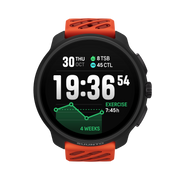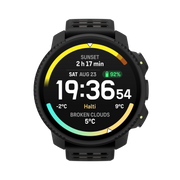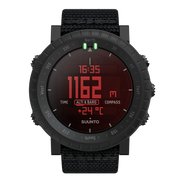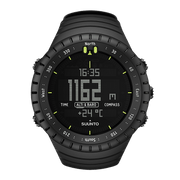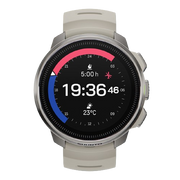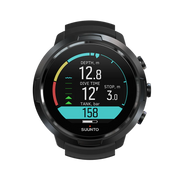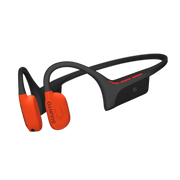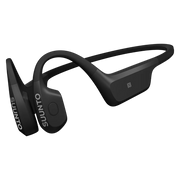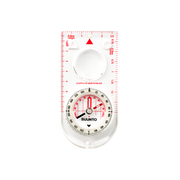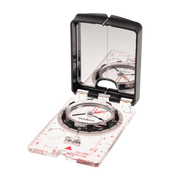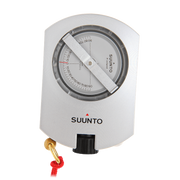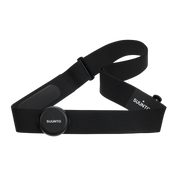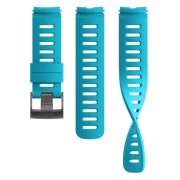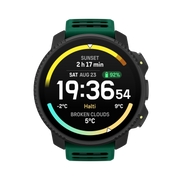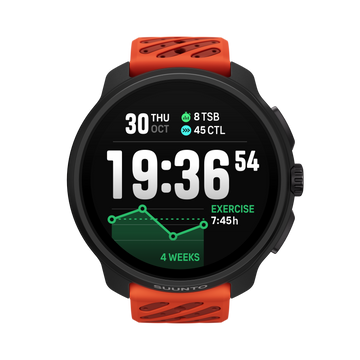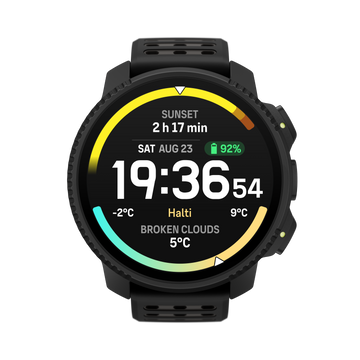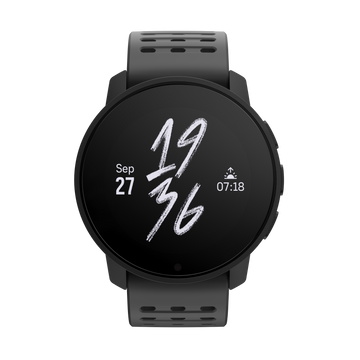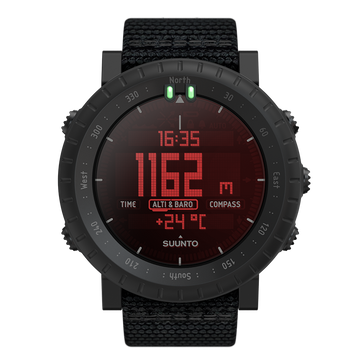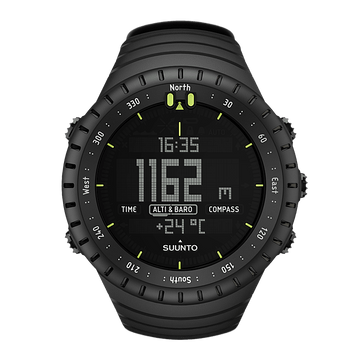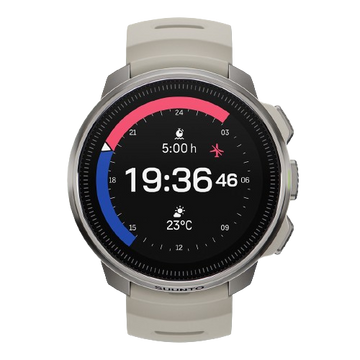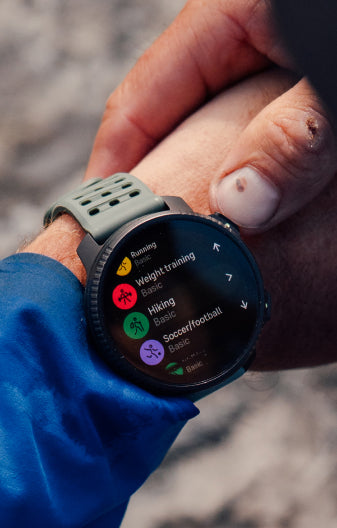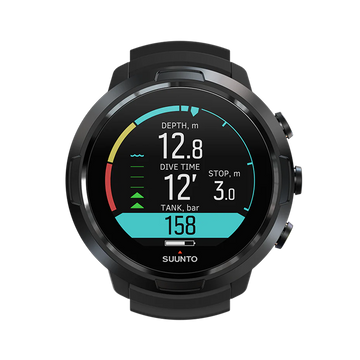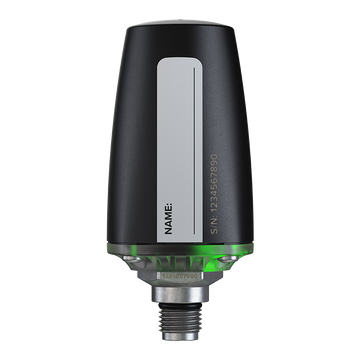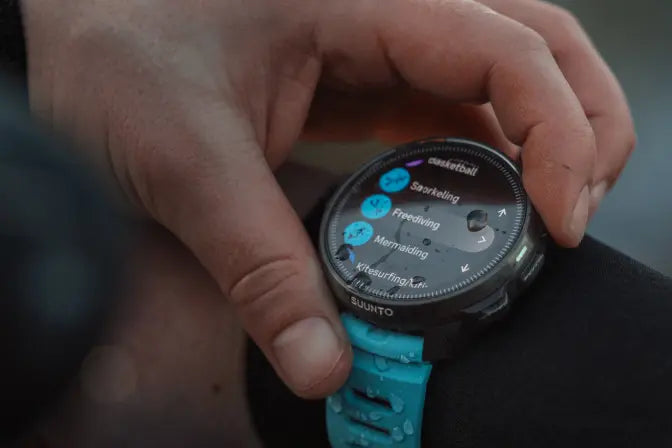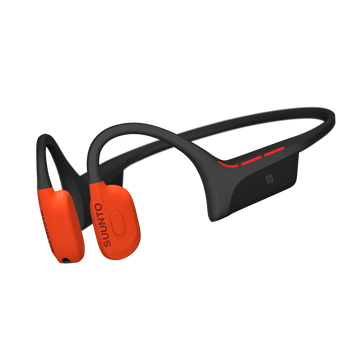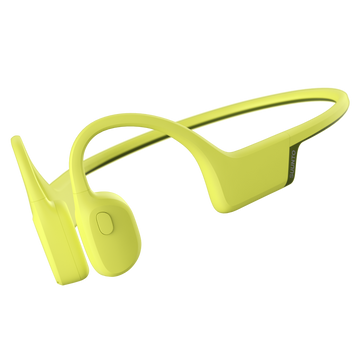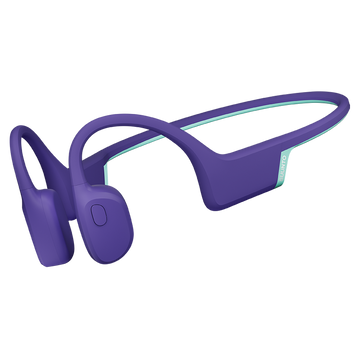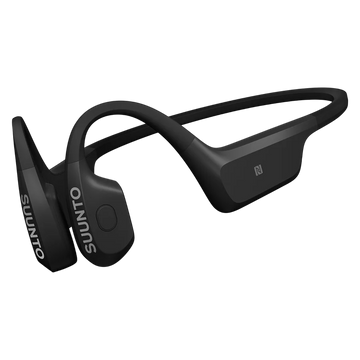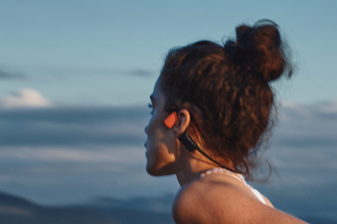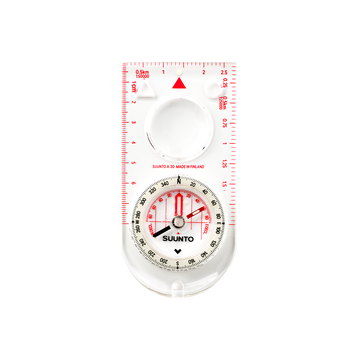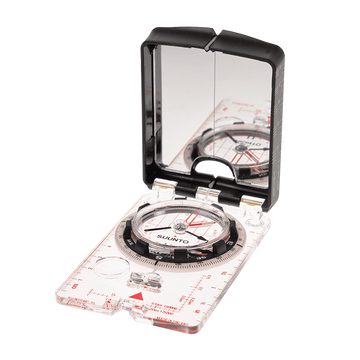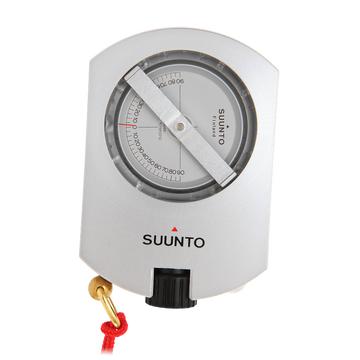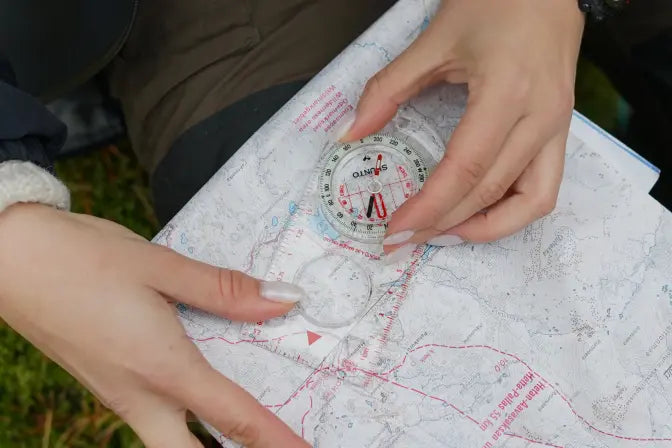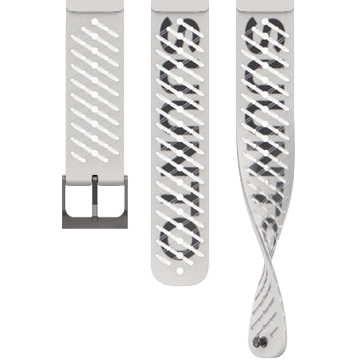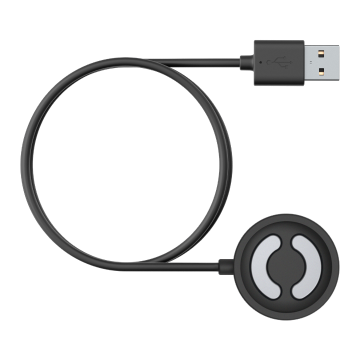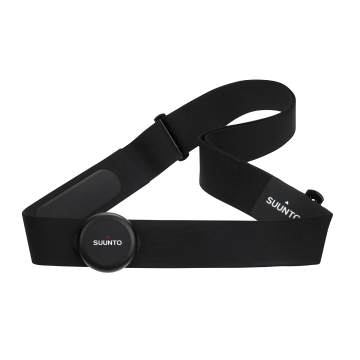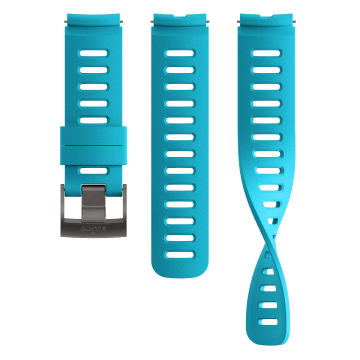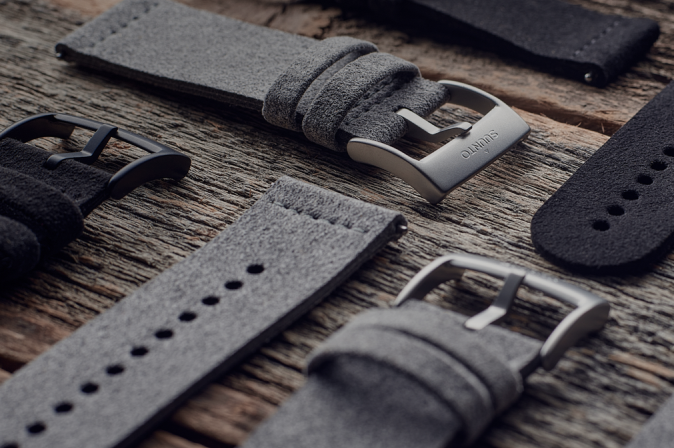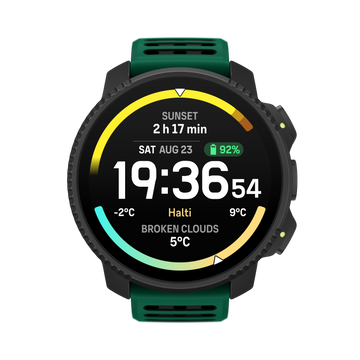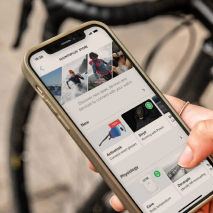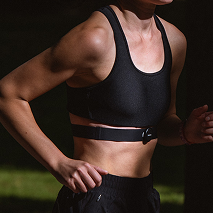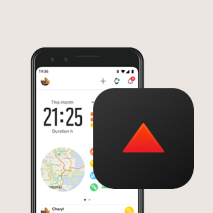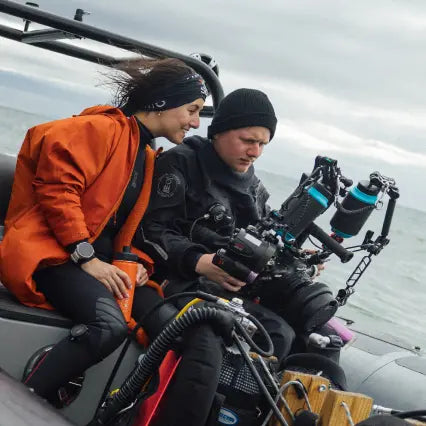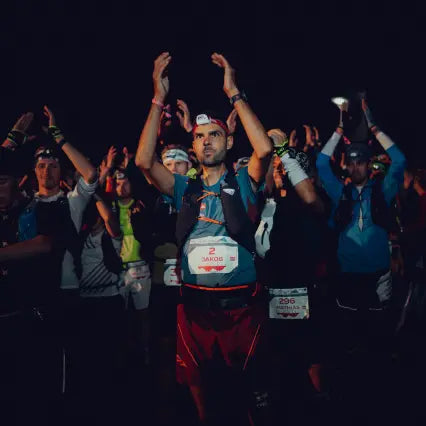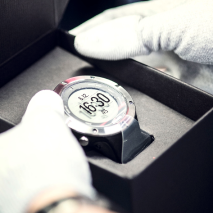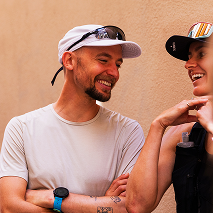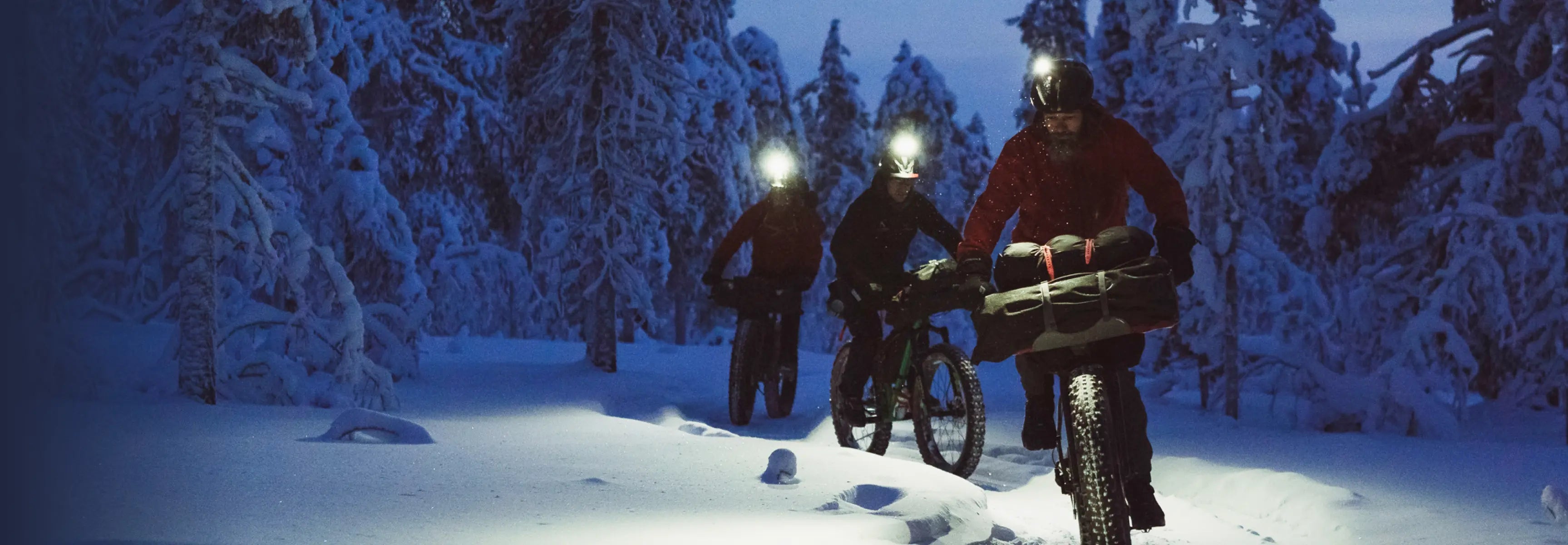
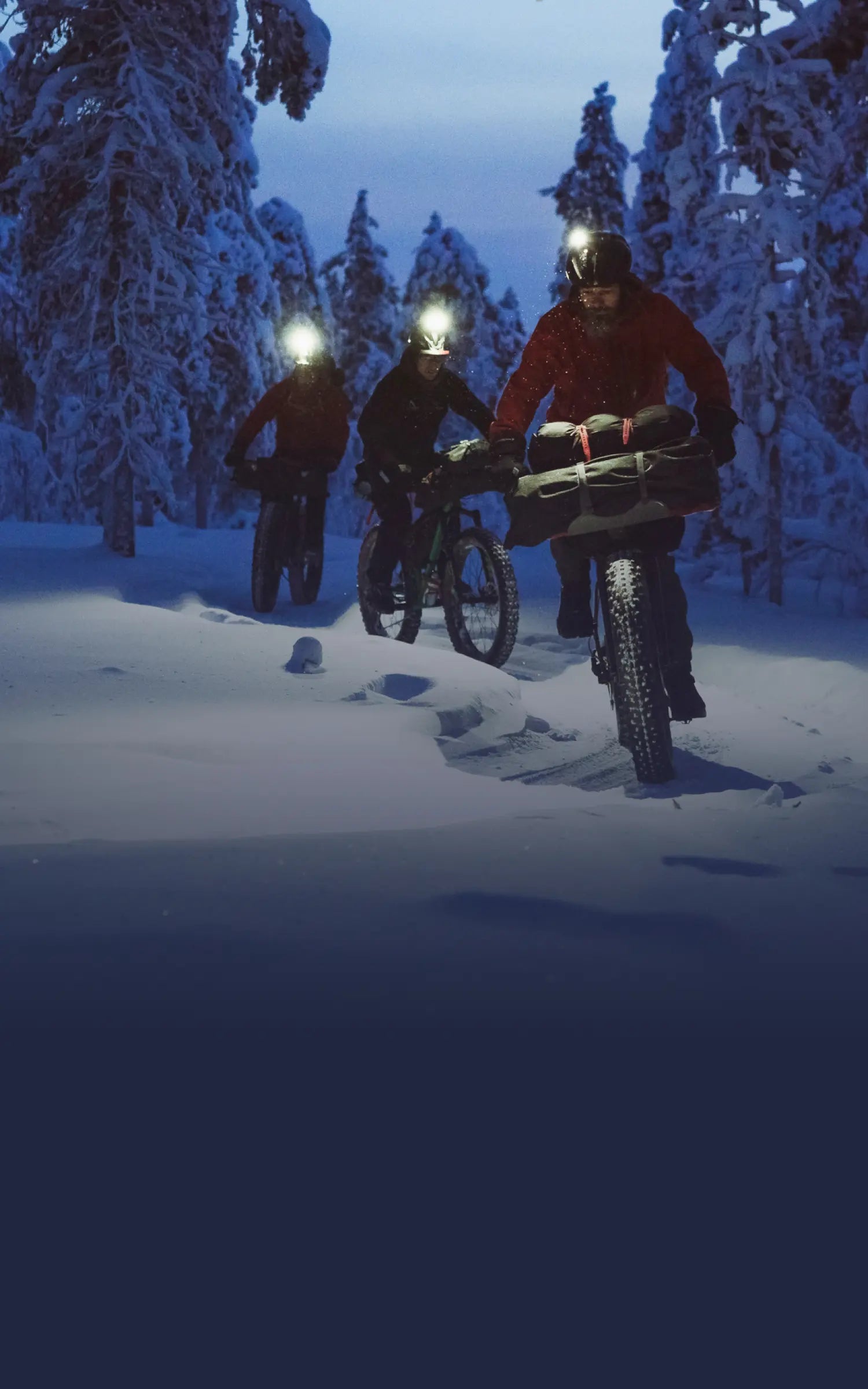
Suunto Blog

How to stay warm this winter
Understand there’s no magic solution
Breathable, waterproof, windproof – remember there’s no magic gear solution that works for everything. It’s possible to go cross-country skiing in -15ºC in just a base layer and shell. Wear that while ice climbing and you’ll start turning blue pretty quickly. Equally, you may need all the layers you can wear in +5ºC if it’s wet and windy. Remember there are always compromises – and you’ll never get it totally right.
Greg Hill pushes through an icy day. © Bruno Long
Experiment with what works
No two people are the same – a big guy with a lot of mass may be quite happy in little more than a t-shirt while if you have the figure of an ironman athlete, you may need an insulated jacket and mittens to enjoy the same level of warmth. Experiment between synthetic and wool base layers. If you’re a copious sweater, you may lean towards the former. If you need the warmth, go for wool.
Bring spares - of everything!
There’s nothing better after a strenuous hike to a summit peak than ripping off a sweat-soaked base layer and putting on a fresh one. OK, the stripping-off part is not so fun – especially if it’s windy! – but we promise it’s worth it. On longer days, taking your boots off and swopping socks will also make your smiles last longer. Change your gloves regularly, see below…
© Bruno Long
How many gloves is ok?
How many pairs of heels is it ok for a girl to have – probably not as many as the number of gloves it’s ok for the winter sports athlete to have. Have a look in any winter climber’s closet and you will find dozens and dozens of pairs. Take two to three with you on the hill. Cheap fleece gloves are awesome for when you’re moving and in between technical sections. Switch gloves between stages, depending on your activity. Keep the spare pair inside your jacket to keep warm. Still have cold hands? See #6 & #7.
Dress for 15 minutes into your activity
Remember that overheating and sweat in particular is the #1 enemy. The best way to chill a bottle of white wine is to stick it in a bucket of iced water and let the breeze do the rest. Dress for how you’ll be in 15 minutes time not how you’ll start. Better to begin a bit chilled and then warm up, than start pouring with sweat after a few minutes and have to stop and shed layers.
Put a hat (or anything) on
Since scientists debunked the myth that 70% of your body heat is lost through your head, the old adage that ‘if you’ve got cold hands you should put a hat on’ seems out of date. But it’s still a valid reminder that you should think ‘big picture’ when it comes to cold hands. Hands and feet get cold because the rest of your body’s cold; so putting on a warm layer, wearing a hat and pulling up your hood is still a case of old school is best. Remember also there’s no magic pair of gloves out there.
Cure your cold hands for good!
Always get cold hands or feet? If you’ve suffered from a cold weather injury (such as frostnip) chances are you’ll battle cold hands the next time the mercury drops, but contrary to conventional wisdom, there is something you can do about it (provided it’s not something else like Raynaud’s disease, in which case check with your physician). Doctors at Britain’s Institute of Naval Medicine discovered that rewarming your hands or feet in a warm bath over a course of several weeks can completely reverse the effects of a cold weather injury. Fill a foot bath with water at 40ºC, have a slug of your favorite tipple (alcohol opens up the blood vessels) then soak your feet or hands for 20 minutes. Repeat every night for several weeks.
MAIN IMAGE: © Bruno Long

7 vertical races you'll thank us for later
To coincide with the launch of Suunto Ambit3 Vertical we list 7 incredible, awesome and quad-killing vertical races and challenges to sign up to in 2016. Register now, suffer later – you know you’ll be grateful afterwards.
VK Tromsø Skyrace
Why: It goes from sea to summitWhere: NorwayVertical: 1km
“We cannot think of a better place than the mountains of Tromsø for a skyrace: a place to run between the sky and the earth and to feel freedom,” so says the official text for this newcomer to the race calendar. “You start just near the sea and you finish on the top of the mountain with a very technical climb,” says last year’s second place finisher Rémi Bonnet. “It's so fun!” Find out more here.© Kilian Jornet
Red Bull 3 VK
Why: More altitude to climb, therefore more funWhere: ItalyVertical: 3,000 m
Most vertical kilometer races are just that – a race up a mountain for 1,000 m. But unsurprisingly for the ubiquitous energy drinks company, they had to take things one step further, creating a vertical race of 3,000 m up Italy’s Rocciamelone peak, the Red Bull 3 VK. Each vertical km is special, says Rémi Bonnet, who smashed the record to win last year in 2h 1m 57s. “The first is very runable, the second very steep and the last is very technical.” Fancy something shorter? There’s always the Red Bull 400, a straight-up sprint up one of Europe’s ski-jumps.
Norseman
Why: Think of it as an Ironman but with attitude, or should that be altitude?Where: NorwayVertical: 4,600 m
If it’s vertical ascent you like, the legendary Norseman triathlon is for you. “The cycling leg ascends 1,200 m in the beginning and after that it stays high,” says pro triathlete Teemu Lemmettylä who took part last year. In total the cycling stage packs 3,000 m of ascent but the real killer is saved until the last 17 km of the run which rises 1,600 m to the summit of Gaustatoppen. “The Norseman is unique. In addition to the vertical, the coldness, weather and slippery surface challenges every athlete but the landscape is something you never forget,” adds Lemmettylä.
Mt Ventoux
Why: It’s the classic Alpine ascent steeped in historyWhere: FranceVertical: 1,611 m
Few cycling climbs are as steeped in history as the switchback roads leading to the summit of Mt Ventoux. At 21.8 km, the ascent is long and torturous and often into headwinds, as it winds from the town of Bédoin to the 1,912 m high summit. But to ride to the top is to ride alongside cycling’s legends. It’s a classic for the bucket list – and there to be ticked off. This is the mountain that famously claimed the life of British cyclist Tom Simpson. He collapsed with exhaustion during the ascent in the 1967 Tour aged 29. You’ll pass his memorial on the way up, provided you haven’t collapsed yourself.
Patrouille de Glacier
Why: It’s the classic ski-mountaineering challengeWhere: SwitzerlandVertical: 3,994 m
Few events are as well matched for the cumulative altitude-counting capabilities of the Suunto Ambit3 Vertical as the Patrouille de Glacier. Held every two years, the race is one of the ‘Grand Tour’ ski-mountaineering races of the Alps – and with almost 4,000 m to climb, there’s a lot of vertical to log. Originally designed as a test of endurance for Swiss alpine troops, the race is still run by the Swiss military but open to civilians as well. It sees teams race across some of the highest mountains of the Alps from Zermatt to Verbier.© Patrouille des Glaciers via Flickr
Great Himalayan Trail
Why: It crosses the greatest mountain chain of the world. Need another reason?Where: Bhutan, Nepal, India, Pakistan and TibetVertical: 150,000 m
Now if you feel like logging some serious vertical, there’s only one place to go – and that’s the Himalayas. The Great Himalayan Trail is not a set route but rather a loosely defined set of trails that follow the spine of the world’s highest mountains.
Passo dello Stelvio
Why: It offers 48 hairpin bendsWhere: ItalyVertical: 1,808 m
The legendary Fausto Coppi, nicknamed Il Campionissimo (champion of champions), said after cycling the Passo dello Stelvio that he “felt he was going to die” during the climb. It’s easy to understand why. The ride offers 24 km of uphill grind from Prato. The endless switchbacks have been torturing cyclists for decades but like moths to a flame, every year they keep coming back for more, entranced by its allure and sheer vertical challenge. Don’t forget to hit the start button on your watch at the bottom.
© Jussarian via Flickr
Mt Marathon Race
Why: Legendary local characterWhere: AlaskaVertical: 815 m
The Mt Marathon Race in Seward, Alaska is one of those races that have epic status among local fans. It’s not the highest, but it is steep, with those 815 m gained in just 1.4 km. Does it live up to the hype? Last year Suunto ambassadors Kilian Jornet and Emelie Forsberg turned up to give it a go, both setting new records in the process. Afterwards, Kilian said he was not disappointed. “It was fun, so beautiful. It’s technical. It’s fun. It’s difficult.’’ What more could you want from a vertical race?The Suunto Ambit3 Vertical is the multisport GPS watch for planning and tracking your elevation gain. Read more at www.suunto.com/ambit3vertical
MAIN IMAGE: © Damiano Levati/Red Bull Content Pool

Performing your best with vertical speed
The new Suunto Ambit3 Vertical was designed for athletes who travel light and fast up tough ascents. Here’s how the watch’s vertical speed mode can help you rise to the top!
While road runners focus on pace – minutes per km or mile – mountain athletes like champion trail runner and ski mountaineer Kilian Jornet keep a close eye on their vertical speed.
VIDEO: Kilian Jornet and Remi Bonnet were 1st and 2nd at the first Ski Mountaineering World Cup of the season in Andorra.
“I use vertical speed in my everyday training to calculate an average of how long it will take me to do an ascent, or to know if I’m going faster or slower than average during a familiar ascent,” says Killian. “In a vertical kilometer running race, my vertical speed is around 2000m/h and in a vertical kilometer skimo race it’s about 1700 to 1800m/h.”
"It’s comparable to running pace on a flat surface"
Those are both vertical speeds that few can match. However, Suunto’s Ambit family product manager Markus Kemetter says many people are interested in using vertical speed as a tool to improve their performance.
“It’s a really useful performance indicator because it’s a direct measurement of how fast you’re going uphill,” Markus says. “Basically, it’s comparable to running pace on a flat surface, but vertical speed takes into account only the altitude as a means of measurement.
“The new Ambit3 Vertical calculates meters or feet the user is ascending per minute and it makes this measurement with a pressure sensor, rather than GPS, because it provides the most accurate altitude reading."
“GPS is good over longer distances, but is less accurate for measuring shorter, faster ascents.”
Vertical speed can be added to selected sports modes in Suunto App. Vertical speed is under the Altitude section in the Display Screen options.
Markus says trail runners and ski mountaineers often use vertical speed alongside the lap function in their watch for interval training and so they can analyze their performance later.
“Press the lap button at the start of your ascent and then again at the end of the ascent and then after you’ve uploaded that move you can isolate each lap on the graph to see the vertical speed. Below the graph, you can also see your average vertical speed, your maximum vertical speed and your minimum speed, which is useful for checking your downhill speed. You can use this information as a guide or as something to beat during your next training session.”
Learn more about Suunto Ambit3 Vertical

Meet the Italian guy who cycles insane distances
Omar is returning to the Arctic Circle next winter. © Omar di Felice
How was the Arctic? It was a once-in-a-lifetime experience! The roads were treacherous with spots of ice and snow all the way. The longest stage was the third; 203 km with an average temperature of -18° C! Staying on my bike for 10 hours in those conditions required a huge a mental effort. I often said to myself, “Hey Omar, you worked hard to come here, so enjoy the ride, look at the beautiful landscapes, and don’t think about effort.” Ride and smile: that’s the secret! Was it like being in a freezer? Yes, it was - 10°C to -34°C! I wore a specific Arctic base layer of merino wool. Then I wore cycling clothes and, to keep my hands and feet warm, I wore winter cycling shoes and two pairs of gloves.
The way to pass over your limits is with mind power.
The bicycle had studded tires and disc brakes. © Omar di Felice
What attracts you to the Arctic Circle? Cycling in the Arctic Circle is like a dream: the sound and the colour of the landscape are unreal! After one tough stage, I saw the magical northern lights. What is ultracycling all about? Ultracycling starts where standard cycling ends. During Tour de France you can rest and recover and usually you don’t face extreme weather conditions. I love to explore extreme environments and to stay on my bike for hours and hours.
The colors and quiet of the landscape is what attracts Omar to the Arctic Circle. © Omar di FeliceHow did you get into it? When I finished my ‘standard cycling’ career I tried to find something that would allow me to explore my limits. So I started cycling alone, for more than 10 hours at a time. I did my first extreme cycling race in 2011 and fell in love with it. Why do you enjoy it? I enjoy the ability to explore the world at the speed and in the manner I prefer. For example, in 2015, when I cycled from Paris to Rome (1600 km) nonstop, I passed by the Tyrrhenian Coast, through the Alps, and two countries in only 72 hours. Exploration is one of my considerations when I look for an extreme challenge.
Omar says cycling in the Arctic Circle is like a dream. © Omar di FeliceDo you prefer racing or your solo adventures? I’ve won races like the Race Across Italy, Le Raid Provence Extreme, Ultracycling Dolomitica and Le Tour du Mont Blanc and enjoy the intensity. But my solo adventures are more fascinating: it’s a fight against myself! I decide on a route, and I try to reach the goal in a predetermined time. Training keep you busy?Depending on the time of the year I ride between 400-500 km to 600-700 km per week. I don’t like to spend all my energy during training. It’s important to train well but also to arrive at race day with full mental and physical energy.
Ride and smile: that’s the secret!
Due to the conditions Omar limited his speed to 22-23 km/h. © Omar di Felice
How do you train? Recently the level of competition has become very high. To win the Race Across Italy, for example, I rode for 29 hours at a high average speed. This means I have to train for both endurance and power. For Back to the Arctic, I trained during the night and in cold conditions, wearing summer apparel to acclimatise my body. How does technology help you? I’m very fascinated by the science of training. My Suunto Ambit3 Sport helps me monitor progress during and after training by analysing performance data. The watch is also useful for social media as one of the most important things for an athlete is telling the story of an adventure!
© Omar di FeliceWhat’s next for you? Next winter I’ll do another Arctic cycling adventure, but this time Iceland’s 1358 km ring road. In September, I will attempt my longest ride yet – 2000 km from Pau in the French Pyrenees to the top of Stelvio Pass in northern Italy, crossing the Pyrenees, Mont Ventoux and the French, Italian and Swiss alps along the way.

Win a Suunto Ambit3 Vertical in World Vertical Week’s photo contest
World Vertical Week started today! Share a photo showing your World Vertical Week spirit on Instagram or Facebook between February 15–21, 2016 and tag the photo with #VerticalWeek for a chance to win a Suunto Ambit3 Vertical watch.
The three most inspiring photos will be chosen as winners.
During World Vertical Week every move will add to your country’s totals and soon we’ll find out where in the world people push uphill the most. Track your adventures with your Suunto watch. Every move and every sport counts.
The only thing you need to do to participate in the event is to make sure your country information in the settings is correct. After that your ascent will automatically be calculated in your home country’s total figure.
By the end of the week we’ll find out where in the world the real climbers live and can compare different sports, too. Have fun!
Read the terms and conditions of the photo contest
World Vertical Week 2016 Big Data
It was a race to the top! National and tribal pride was on the line as people around the world tried to prove their country or sport is king of the hill. World Vertical Week 2016 has closed and the stats are in so it's time to see who came out on top!
WHICH COUNTRY CLIMBS THE MOST?
Surely alpine nations have an unfair advantage? Mostly, yes, but not always. There were a couple of surprises! This visual shows the top 10 countries for average ascents in human powered outdoor activities.
Congratulations Switzerland, Austria and Slovenia!
WHO CLIMBS THE MOST?
Trail runners, cyclists and trekkers were humbled as – maybe unsuprisingly – ski touring and mountaineering led the highest average ascents. As a consolation, remember there would be very different results in summer!
Skiers climbed the most
NUMBER ONE CLIMBERS IN THE WORLD
The Swiss are on top again and nearly breaking the thousand-meter mark in both ski touring and mountaineering. The other two countries with two first places were more surprising: Colombia was on top in running and cycling and Hong Kong topped the chart in both trail running and trekking.
The toughest mountain goats come from the Switzerland.
TOP COUNTRIES IN DIFFERENT ACTIVITIES
And to give you even more to speculate here are the top five countries in the activities mentioned above.
Top 5 in ski touring
SWITZERLAND 996 m
SLOVENIA 941 m
FRANCE 908 m
ITALY 895 m
SLOVAKIA 885 m
Top 5 in mountaineering
SWITZERLAND 971 m
FRANCE 881 m
ITALY 798 m
AUSTRIA 710 m
GERMANY 696 m
Top 5 in trail running
HONG KONG 890 m
CHINA 684 m
ITALY 640 m
JAPAN 553 m
SLOVENIA 543 m
Top 5 in trekking
HONG KONG 705 m
SOUTH AFRICA 519 m
MALAYSIA 428 m
SLOVENIA 424 m
NETHERLANDS 420 m
Top 5 in snow shoeing
ITALY 558 m
AUSTRIA 488 m
GERMANY 428 m
SWITZERLAND 426 m
FRANCE 416 m
Top 5 in mountain biking
PORTUGAL 533 m
ITALY 518 m
SPAIN 479 m
SOUTH AFRICA 452 m
SWITZERLAND 400 m
Top 5 in cycling
COLOMBIA 481m
SOUTH AFRICA 409 m
ANDORRA 403 m
SLOVENIA 396 m
SPAIN 391 m
Top 5 in cross country skiing
SPAIN 367m
CZECH REPUBLIC 351m
FRANCE 298m
NORWAY 261m
JAPAN 248m
Top 5 in running
COLOMBIA 193 m
SLOVENIA 164 m
ANDORRA 148 m
HONG KONG 140 m
PORTUGAL 140 m
READ MORE
7 TIPS TO ACCELERATING YOUR UPHILL SPEED
PERFORMING YOUR BEST WITH VERTICAL SPEED
KIMBERLY, DAVID AND KYLE ARE THE VERTICAL WEEK PHOTO CONTEST WINNERS!
